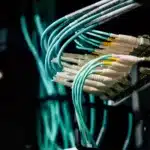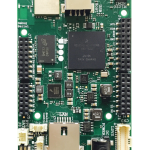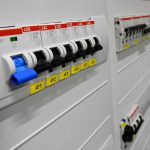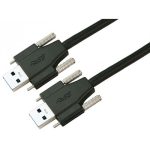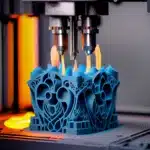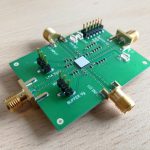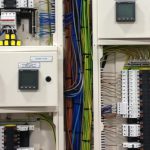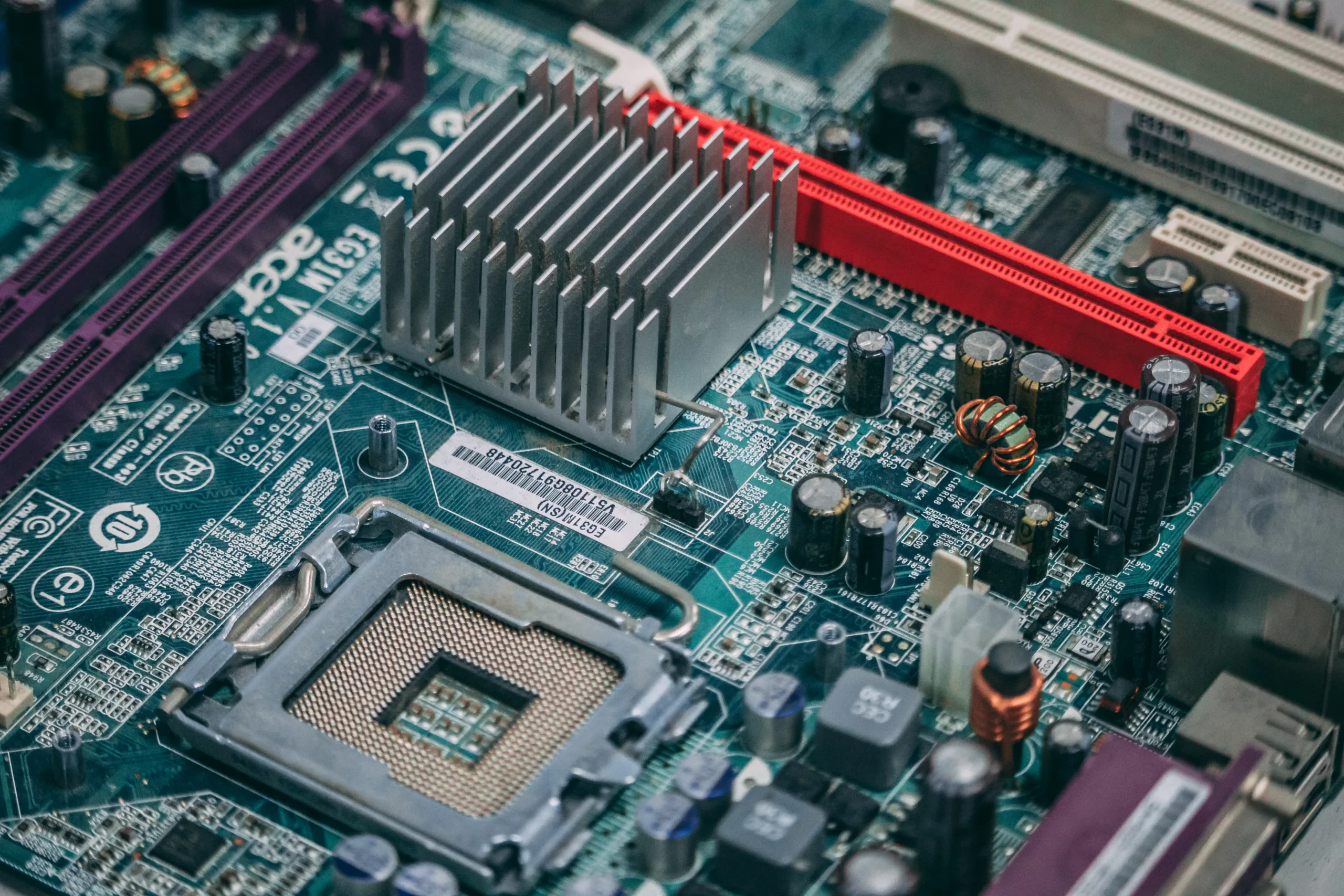
Introduction
Energy storage systems are indispensable in modern energy management, reshaping how we generate, consume, regulate, and manage power. These systems aim to provide people with energy requirements when needed. Within these systems, connectors, called energy storage connectors, serve as critical components that facilitate reliable and efficient energy transfer. Among the prominent contributors to this field is Molex Solutions, a reputable company known for bespoke innovative connector solutions–driving the progress of energy storage applications.
This article takes an in-depth analysis of energy storage connectors in energy storage applications, exploring their significance, types, key selection considerations, and emerging trends.
Understanding Energy Storage Connectors: Unveiling Their Importance in Energy Storage Systems
Energy storage connectors serve as a lifeline in energy storage systems’ efficient and safe operation. These connectors are designed to establish electrical connections between various components of an energy storage system, such as batteries, controllers, inverters, and the grid. They are paramount in maintaining seamless power flow and operational safety, controlling signals, and monitoring data. Energy storage connectors are known for their robust efficiency, reliability, safety, easy installation, high power transmission, and excellent performance–transforming modern energy storage technology.
Types of Energy Storage Connectors for Energy Storage Systems and Applications
Various connector types commonly used in energy storage systems suit a myriad of applications. Some of the popular energy storage connectors include:
- Battery Connectors – These connectors are designed to link individual battery cells, modules, or packs to create a higher-voltage battery bank. They serve to handle high currents, have low resistance, and provide secure connections to prevent energy loss and thermal issues. Battery connectors are essential in electric vehicles, grid-scale energy storage, and renewable energy systems.
- Inverter Connectors – These connectors provide connectivity solutions between the energy storage system and inverters, which convert DC energy from batteries into AC power for grid integration. High-efficiency inverter connectors are essential to minimise power losses.
- Inter-System Connectors – Energy storage systems often comprise multiple subsystems, such as photovoltaic panels, wind turbines, and backup generators. Connectors linking these subsystems should accommodate various power sources and ensure smooth operation.
- Grid Connectors – As the name implies, grid connectors link the energy storage system to the grid, allowing bidirectional energy flow. They are significant in grid stabilisation, load shifting, and demand response programs.
- Busbars – Busbars are solid metal bars that distribute electrical energy within an energy storage system or between the system and the grid. They provide a low-resistance path for current flow and are ideal for high-current applications.
- AC and DC Power Connectors – Alternating current connectors such as NEMA and IEC connectors connect the energy storage system to the electrical grid or other AC loads. However, multiple energy storage systems require direct current power transmission needs between components. Examples of DC connectors include Anderson Powerpole connectors, XT60/XT90 connectors, and Molex connectors.
Selection Criteria for Suitable Energy Storage Connectors: Key Considerations
When selecting connectors for energy storage systems, various factors and safety standards must be considered, including:
- Current Carrying Capacity: Connectors must handle the maximum current expected in the system without overheating or voltage drop. A balance between conductor size, material, and cooling mechanisms is crucial.
- Voltage Rating: Connectors should be rated to withstand the highest voltage in the system, including potential voltage spikes.
- Connector Size and Form Factor: Consider the available space for connectors within the system. Choose appropriately sized connectors and fit the design constraints of the energy storage system.
- Ease of Installation and Maintenance: Select connectors that are easy to install and maintain. Connectors with features like quick-connect/disconnect mechanisms can save time during installation and maintenance activities.
- Material and Corrosion Resistance: High-quality materials resistant to corrosion should be ascertained, especially if the energy storage system is in a harsh environment or is exposed to moisture.
- Environmental Conditions: Connectors should be designed to withstand the environmental conditions of the installed places, including temperature variations, humidity, and exposure to dust or corrosive substances.
- Type of Energy Storage System: Different energy storage systems have different electrical characteristics. Select connectors that are suitable for the specific energy storage technology.
- Mechanical Integrity: Connectors should maintain their structural integrity under mechanical stresses, such as vibrations and impacts, to ensure a durable and reliable connection.
- Safety and Redundancy: Incorporating safety features, such as locking mechanisms and insulation, minimises electrical shocks and short circuits. Redundant connectors can enhance system reliability.
Emerging Trends in Energy Storage Connectors Technology
Emerging energy storage connector technology trends reflect a shift towards higher efficiency, intelligence, safety, and sustainability. These advancements aim to drive the energy sector towards a more decentralised, adaptable, and eco-friendly future. Some of these trends include:
- Smart Connectors – Integrating sensors and data communication capabilities into connectors can provide real-time monitoring of connection status, temperature, and current flow. Such combined capabilities aid in predictive maintenance and performance optimisation.
- High-Frequency Connectors – With the evolving nature of energy storage systems, the need for high-frequency connectors grows, especially in applications involving fast-charging and discharging cycles.
- Compact and Modular Designs – Connectors with smaller footprints and modular designs allow more flexible system configurations and easier replacements.
- Industry 4.0 and IoT Connectivity – The Industrial Internet of Things (IIoT) and Industry 4.0 demand connectors meet the communication needs of interconnected devices and sensors within industrial environments. The future might witness reliable, rugged connectors that can transmit data in challenging conditions.
- 3D Printing and Additive Manufacturing – Additive manufacturing techniques to create complex connector designs are explored–previously difficult to achieve through traditional manufacturing methods. Such advancement can allow more customised connectors and faster prototyping.
Bottom Lines
Connectors act as a bridge in energy storage systems, ensuring efficient power transfer, operational reliability, and safety. Though energy storage connectors come in varied types, proper connector selection and integration are paramount for the success of these systems. Staying updated with the latest trends in connector technology can significantly contribute to the optimisation and longevity of energy storage applications.







